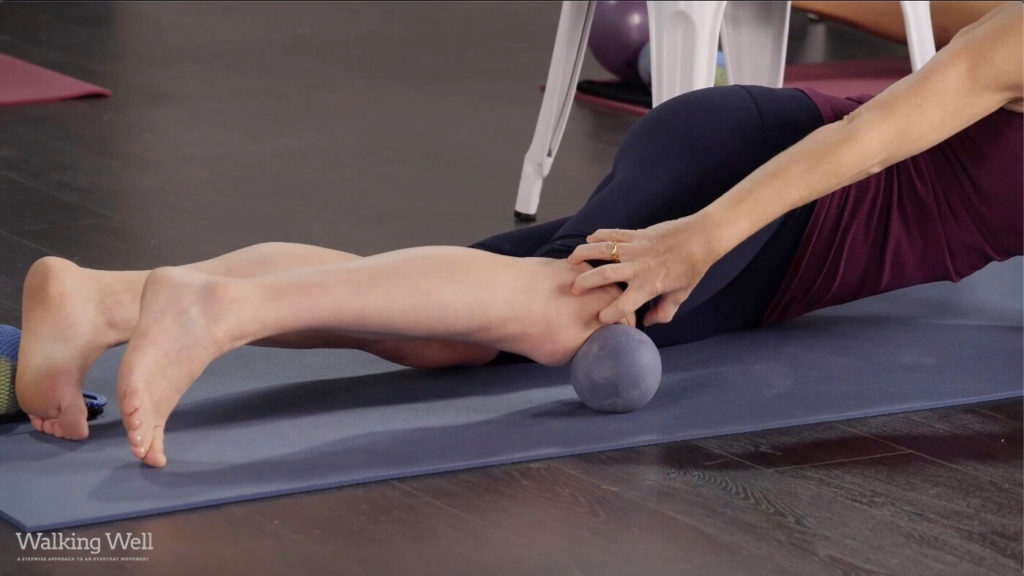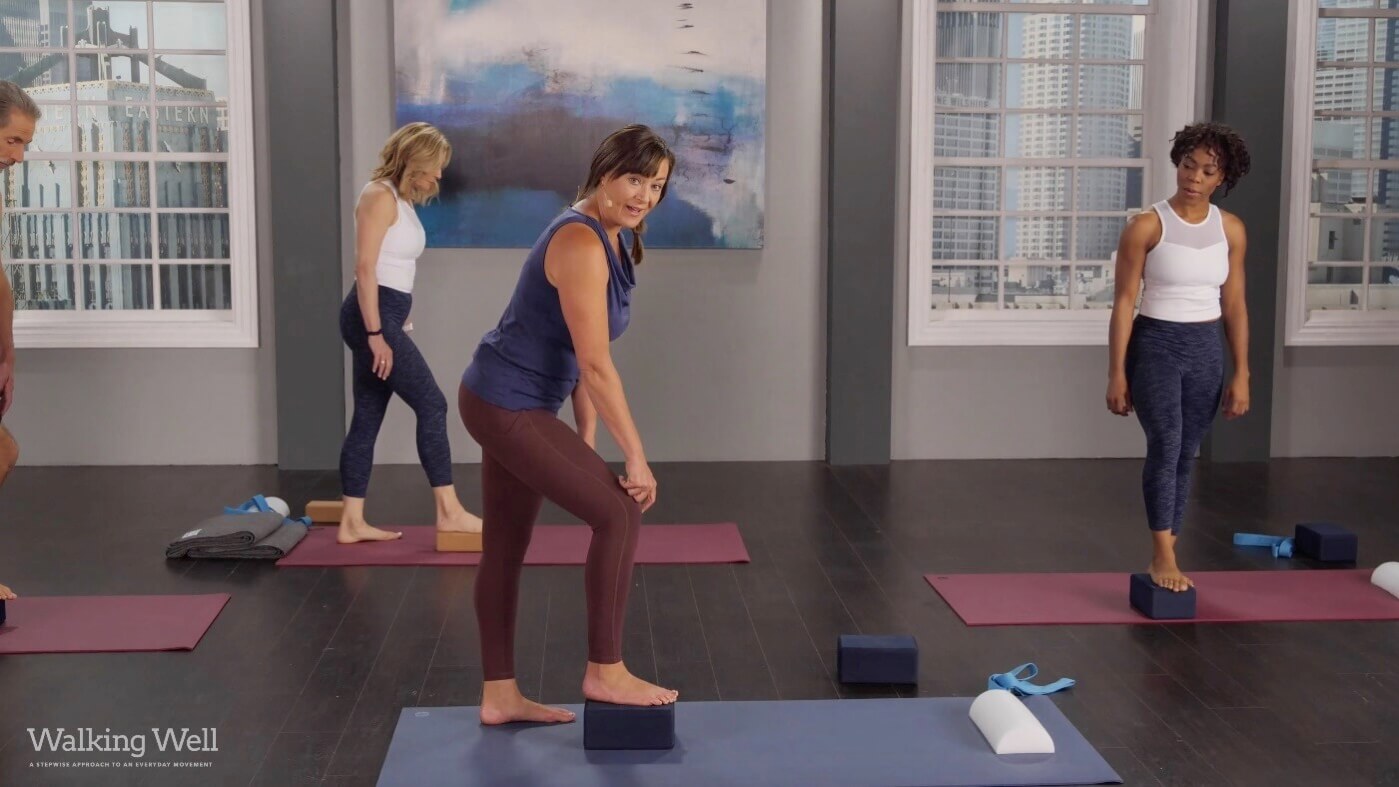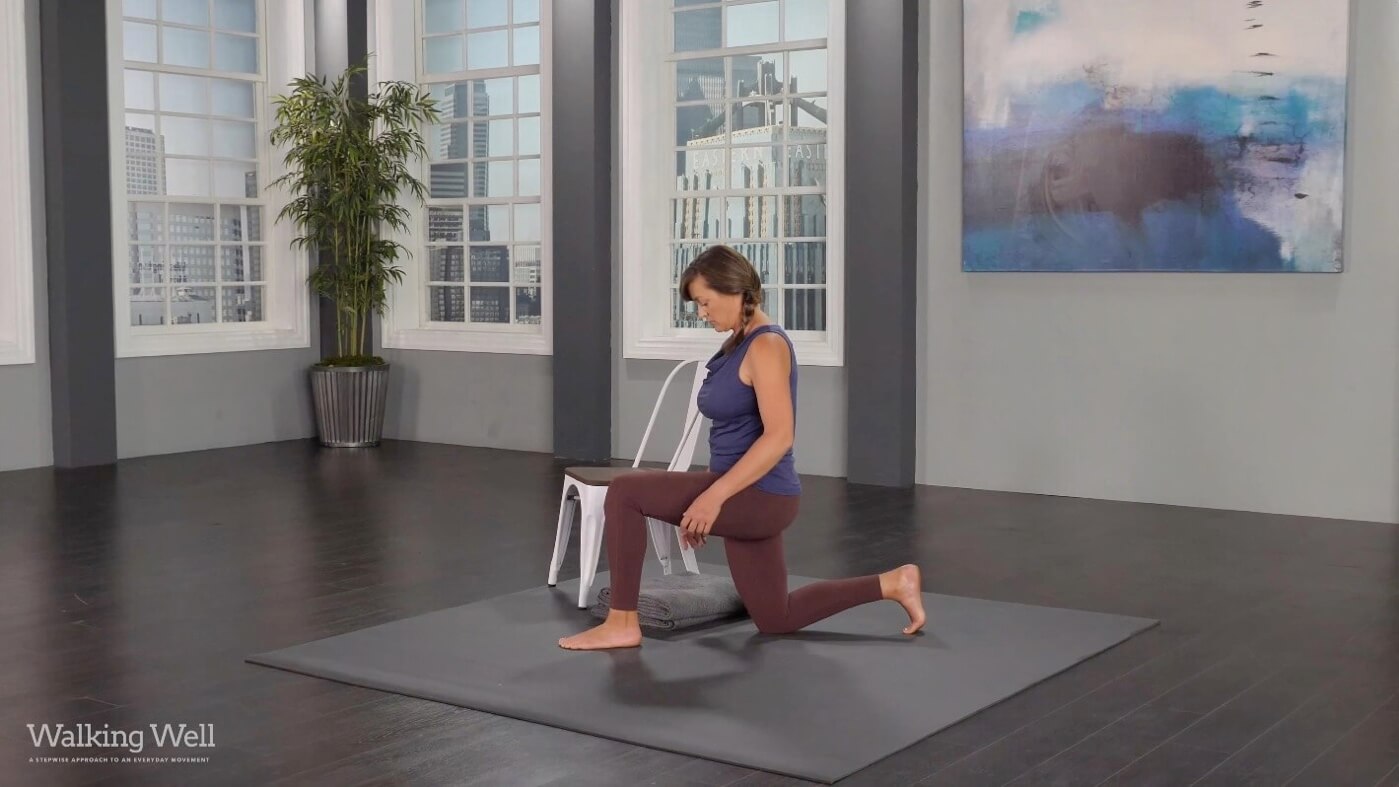STEP ONE: First, there’s feet (and footwear)

Footwear is the most important gear we use when walking. What we choose sets the stage for the way our feet and ankles can move. Better walking and hiking starts with learning what to put on your feet. Feet are small, but they contain a significant number of a body’s parts. Foot pain is a commonly cited reason for not walking much, but so are the knees, hips, and spine. These are also all the parts that can disrupt plans to explore the great outdoors, or head off on adventures we’d otherwise want to try.
Your journey to more ‘nutritious’ walking begins with simple exercises for the feet and ankles, and some to change how you’re positioning your body when upright. Start by reading (or listening) to the guides to footwear and foot and leg exercises below; your journey begins here.

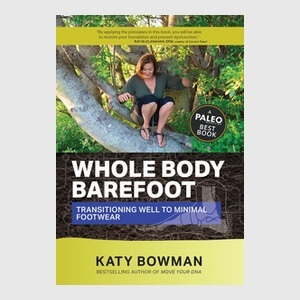

Half Dome & "Vitamin Uphill"
 Start looking around at what you walk upon. Is it mostly flat and level? For many of us, the environment our feet move within is not only our shoes, it’s the surfaces we walk upon. Our ankles (and then calves and knees) are missing key movements found in uphill and downhill walking. These are movements our legs are built for and the movements they still need.
Start looking around at what you walk upon. Is it mostly flat and level? For many of us, the environment our feet move within is not only our shoes, it’s the surfaces we walk upon. Our ankles (and then calves and knees) are missing key movements found in uphill and downhill walking. These are movements our legs are built for and the movements they still need.
You can do all our foot and ankle moves using everyday items at home, but we still love our ‘Half Dome’ half foam roller (pictured above) because it’s like a portable hill you can set underfoot when you’re doing other things like dishes, working at your desk, brushing your teeth. Just stepping on it in a certain way (see our “Calf Stretch” exercise) gets your calf muscles and tendons moving in a way they need to be.
STEP TWO: Fix Your Other Walking Parts
Once you understand why all the parts in your feet need to each be strong and mobile, it’s time to apply that to the rest of the body.

Your gait pattern—"the way you walk"—is affected by shoes, surfaces, and the strength and mobility of the feet. But it’s also affected by the way the rest of your body parts move too.
When you have stiff parts, even way up high in the shoulders and neck or in the waist, it changes how you walk. Then, how you walk reinforces those stiff parts, and pretty soon walking doesn’t come as easily as it once did.
I take a “whole body” approach to walking better. Once you’ve strengthened and mobilized your feet, it’s time to deal with the rest of your walking parts, head to toe, and challenge them in ways they’re used while walking.
Learn moves and ways to align your body that become a portable tool-kit for your body in my course, Walking Well: A Step-wise Approach to an Every Day Movement.
Walking Well is a six-hour course that includes six “follow along” classes that you can practice again and again and again. You’ll find modifications along with a variety of demonstrations to help match where your body wants to start.
Each class covers one aspect of walking and includes:
- Waking Up Your Feet
- Strong and Supple Ankles
- The Supportive Stance Leg
- The Swing Leg Spectrum
- Strong on the Stairs
- Stable Core and Shoulders
The course includes:
Our Most In-Depth Walking Program
You’ll be taken to TuneUpFitness.com to complete your purchase, and your course will be available to view through your account on that website. You can access your course 24/7.
STEP THREE: Work on Fitting Walking Into Daily Life

Once you’ve spent time training your body for better walking, the best way to keep improving your walk is by walking more and more. A more 'nutritious' version of walking not only means you’re now getting more of your body to participate with each step, it’s the practice of engaging with more parts of the world through walking: more nature-rich places, more time with friends and family on foot, less time in a car to get your errands done, etc. The body parts used for walking also work to do other movements that are packed with movement nutrients. You can learn more about these other body parts and essential movements in the books below.

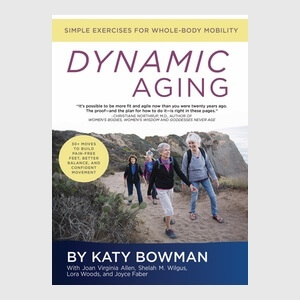
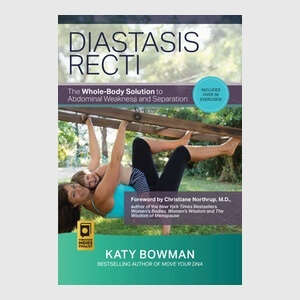
Frequently Asked Questions
Is Walking Well a good course for me? (I can barely walk, OR I already walk a ton, OR I’m a movement professional, OR I have fill-in-the-blank injury or special condition.)
We created this course to be accessible and beneficial to a wide range of participants. We think it's a good fit for most people! To read more about specific situation, go to this page on the TuneUpFitness.com website. You can purchase the course from that page.
Do I need special equipment to work on my walk?
We do use equipment in many classes and videos but you can usually do just fine with items from around your house. This post gives lots of suggestions for what to substitute for exercise equipment. The Tune Up Fitness balls (for Walking Well) do have special characteristics that make them perfectly suited to the rollouts taught in the course, but in a pinch you can use a tennis ball or other soft ball of approximately the same size.
I want ALL the walking resources. What should I do next?
We have a post that links all things walking so you can read and move to your heart's content. Check out this page and click through each of the links to get a comprehensive Nutritious Movement walking education!
I love all the classes I’ve taken from you; where can I get more?
For an entire library full of movement classes taught by Katy, subscribe to our Virtual Studio Membership. New classes are posted monthly!
What brands of minimal footwear do you recommend?
There are so many options! You can check out my list here to get you started.
